What healing of the ozone layer means for climate crisis
New study says the atmospheric layer that protects Earth from ultraviolet radiation could be fully restored within four decades

Earth’s protective ozone layer is on track to fully recover from human-made damage following the near total phasing out of ozone-depleting substances, according to a UN-backed report.
“The progress is slow,” said Al Jazeera, but experts have detected a significant thickening of the ozone layer compared to 2018 levels, in what is being heralded as a major victory in the fight to tackle the climate crisis.
“If current policies remain in place, the ozone layer is expected to recover to 1980 values (before the appearance of the ozone hole) by around 2066 over the Antarctic, by 2045 over the Arctic and by 2040 for the rest of the world,” the United Nations Environment Programme (UNEP) announced this week.
The Week
Escape your echo chamber. Get the facts behind the news, plus analysis from multiple perspectives.

Sign up for The Week's Free Newsletters
From our morning news briefing to a weekly Good News Newsletter, get the best of The Week delivered directly to your inbox.
From our morning news briefing to a weekly Good News Newsletter, get the best of The Week delivered directly to your inbox.
What is behind the recovery?
The breakthrough is credited to the Montreal Protocol, the global 1987 agreement to phase out ozone-depleting substances that were often used in refrigerants and aerosols.
According to the newly published UN-backed study, almost 99% of all such substances have been completely phased out since the protocol came into force in 1989.
The thinning in the Earth’s protective shield was first observed in the 1970s. By the late 1990s, about 10% of the upper ozone layer was depleted. But scientific assessments conducted every four years have confirmed that the international push to reverse the trend is starting to get significant results.
“The impact the Montreal Protocol has had on climate change mitigation cannot be overstressed,” said Meg Seki, Executive Secretary of the United Nations Environment Programme’s Ozone Secretariat. “Over the last 35 years, the protocol has become a true champion for the environment.”
A free daily email with the biggest news stories of the day – and the best features from TheWeek.com
Restoring the atmospheric shield “is key for human health, food security and the planet”, said The Washington Post’s global weather writer Scott Dance. Exposure to harmful ultraviolet (UV) rays from the Sun “causes cancer and eye damage in humans” and“ also damages plants, inhibiting their growth and curbing their ability to store planet-warming carbon dioxide”.
Experts have predicted that by protecting the ozone layer, the Montreal Protocol will prevent up to two million cases of skin cancer each year by 2030 and also avoid millions of cases of cataracts worldwide.
What does it mean for the climate crisis?
The report “makes plain” the positive impact that the landmark treaty has already had on the climate, said Metro. “And it shows that, if we act, we can stop global warming from destroying the planet.”
“Ozone action sets a precedent for climate action,” said Professor Petteri Taalas, the secretary general of the UN’s World Meteorological Organization.
“Our success in phasing out ozone-eating chemicals shows us what can and must be done, as a matter of urgency, to transition away from fossil fuels, reduce greenhouse gases and so limit temperature increase.”
Scientists have warned that while the ozone risk has diminished, the “global threat” posed by climate change has “ramped up”, said USA Today’s environment reporter Kyle Bagenstose. A UN report released last September said that humanity was “heading in the wrong direction” in the push to reach “net zero” by 2050.
The climate change problem is “more complex and more pressing” than ozone depletion, wrote Bagenstose, and “drives a need to learn from the Montreal Protocol and repeat its success”.
Equally, the healing of the ozone layer is by no means a done deal, said Al Tompkins on Poynter, and is dependent on us not doing “anything dumb”.
After the UN released a similarly positive ozone report in 2018, Nasa scientist Paul Newman told Associated Press that “I don’t think we can do a victory lap until 2060”.
“That will be for our grandchildren to do,” he added.
Arion McNicoll is a freelance writer at The Week Digital and was previously the UK website’s editor. He has also held senior editorial roles at CNN, The Times and The Sunday Times. Along with his writing work, he co-hosts “Today in History with The Retrospectors”, Rethink Audio’s flagship daily podcast, and is a regular panellist (and occasional stand-in host) on “The Week Unwrapped”. He is also a judge for The Publisher Podcast Awards.
-
 Crest falling: Mount Rainier and 4 other mountains are losing height
Crest falling: Mount Rainier and 4 other mountains are losing heightUnder the radar Its peak elevation is approximately 20 feet lower than it once was
-
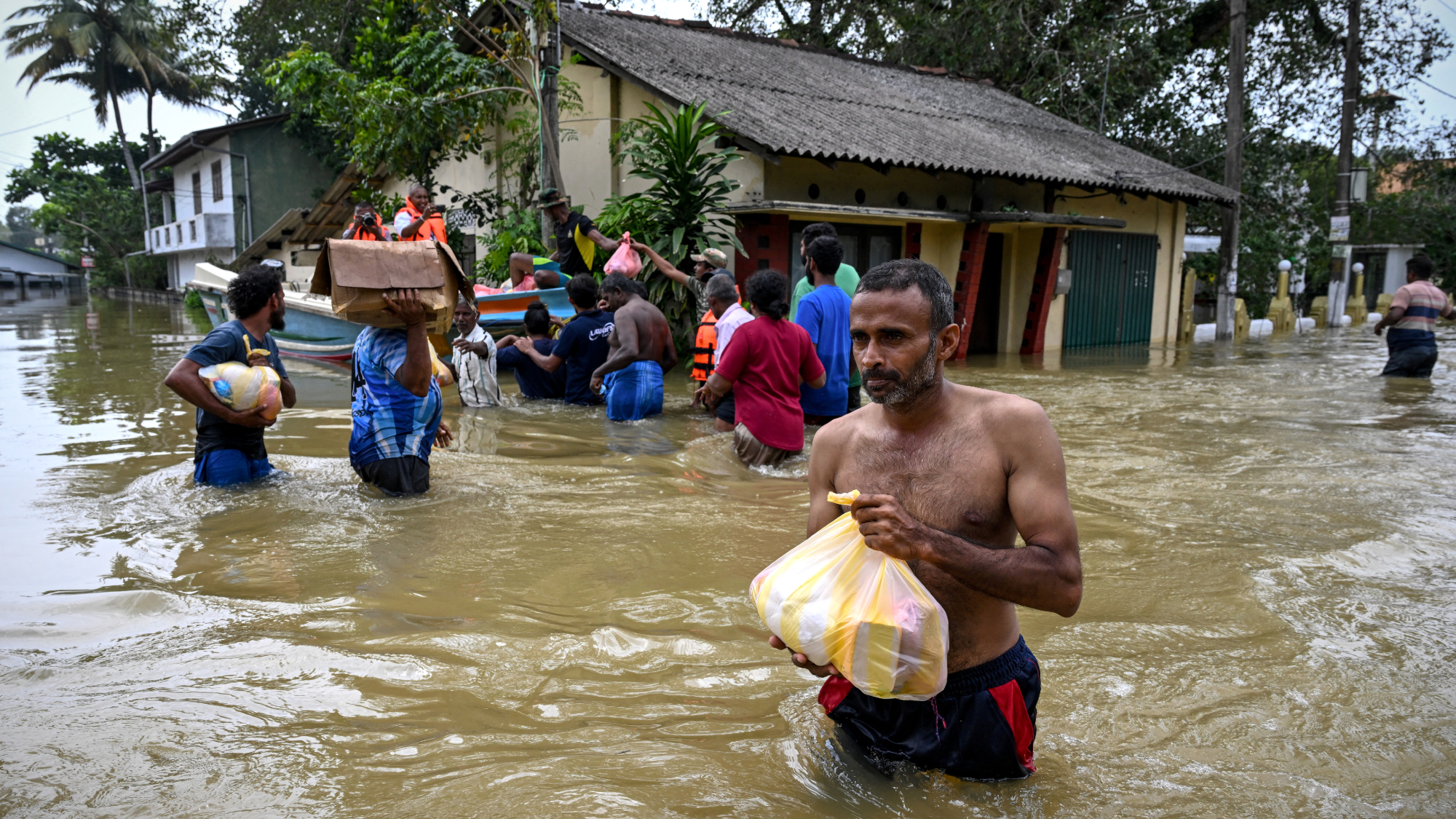 Death toll from Southeast Asia storms tops 1,000
Death toll from Southeast Asia storms tops 1,000speed read Catastrophic floods and landslides have struck Sri Lanka, Indonesia, Thailand and Malaysia
-
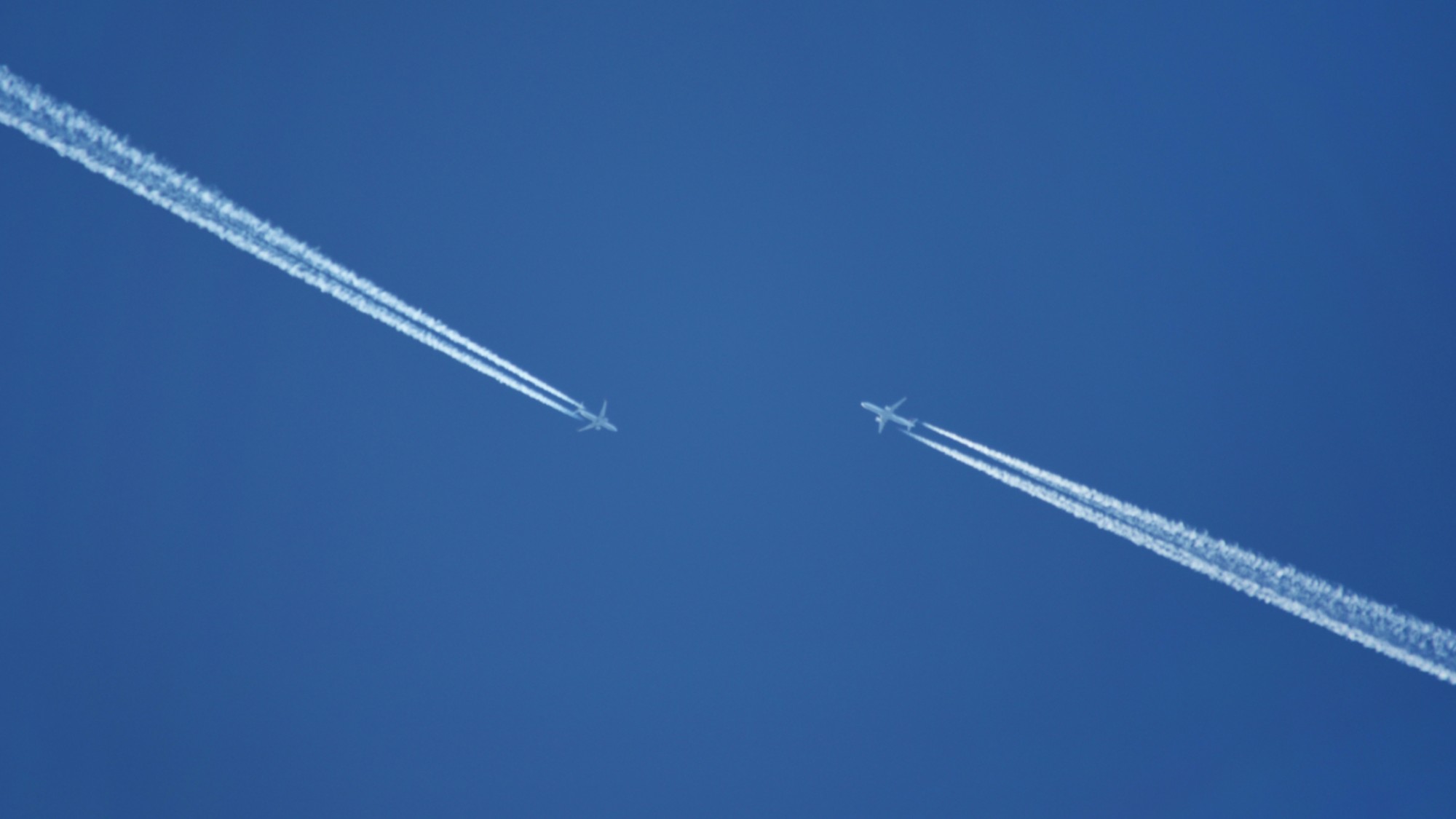 Can for-profit geoengineering put a pause on climate change?
Can for-profit geoengineering put a pause on climate change?In the Spotlight Stardust Solutions wants to dim the sun. Scientists are worried.
-
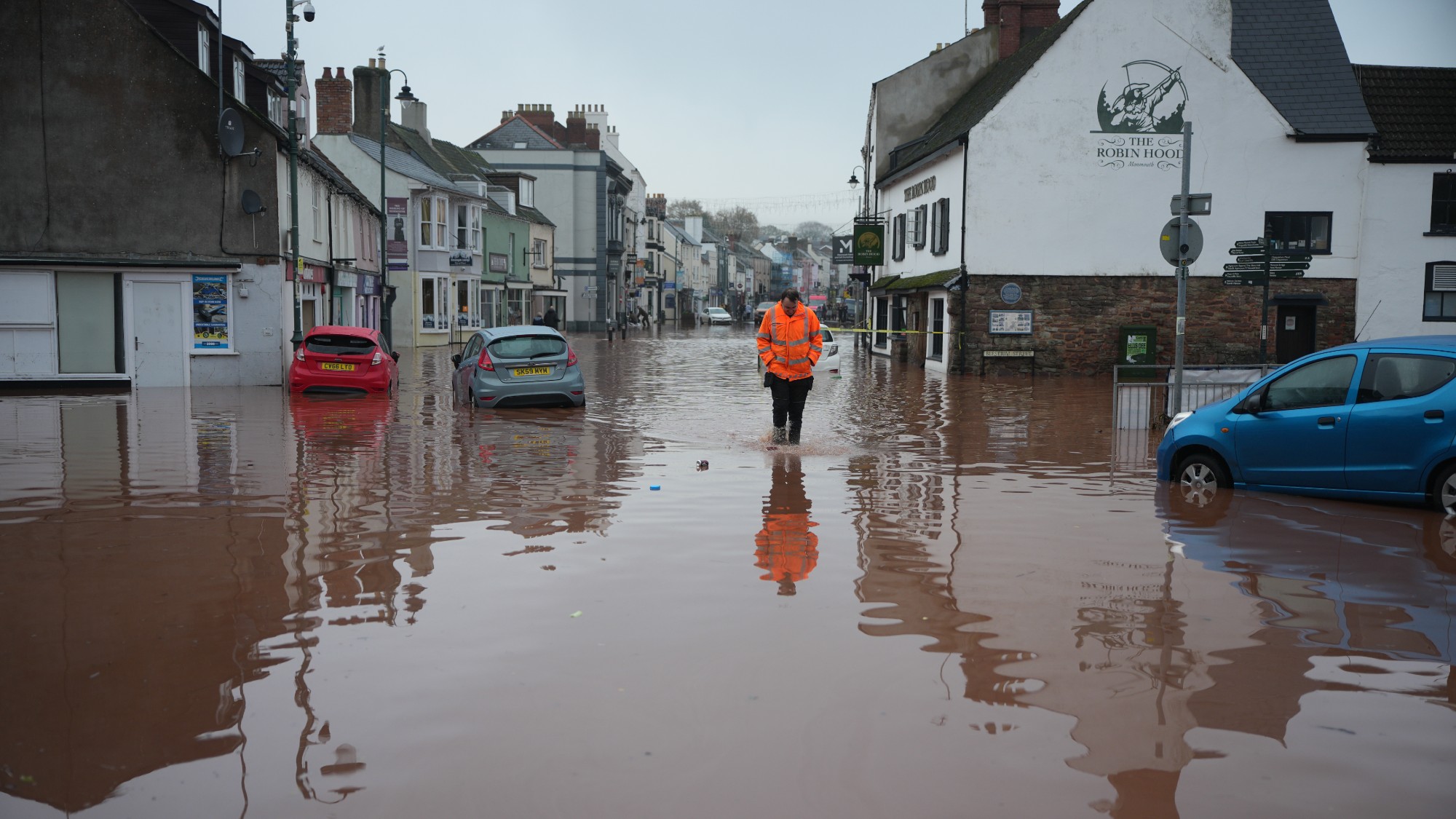 How will climate change affect the UK?
How will climate change affect the UK?The Explainer Met Office projections show the UK getting substantially warmer and wetter – with more extreme weather events
-
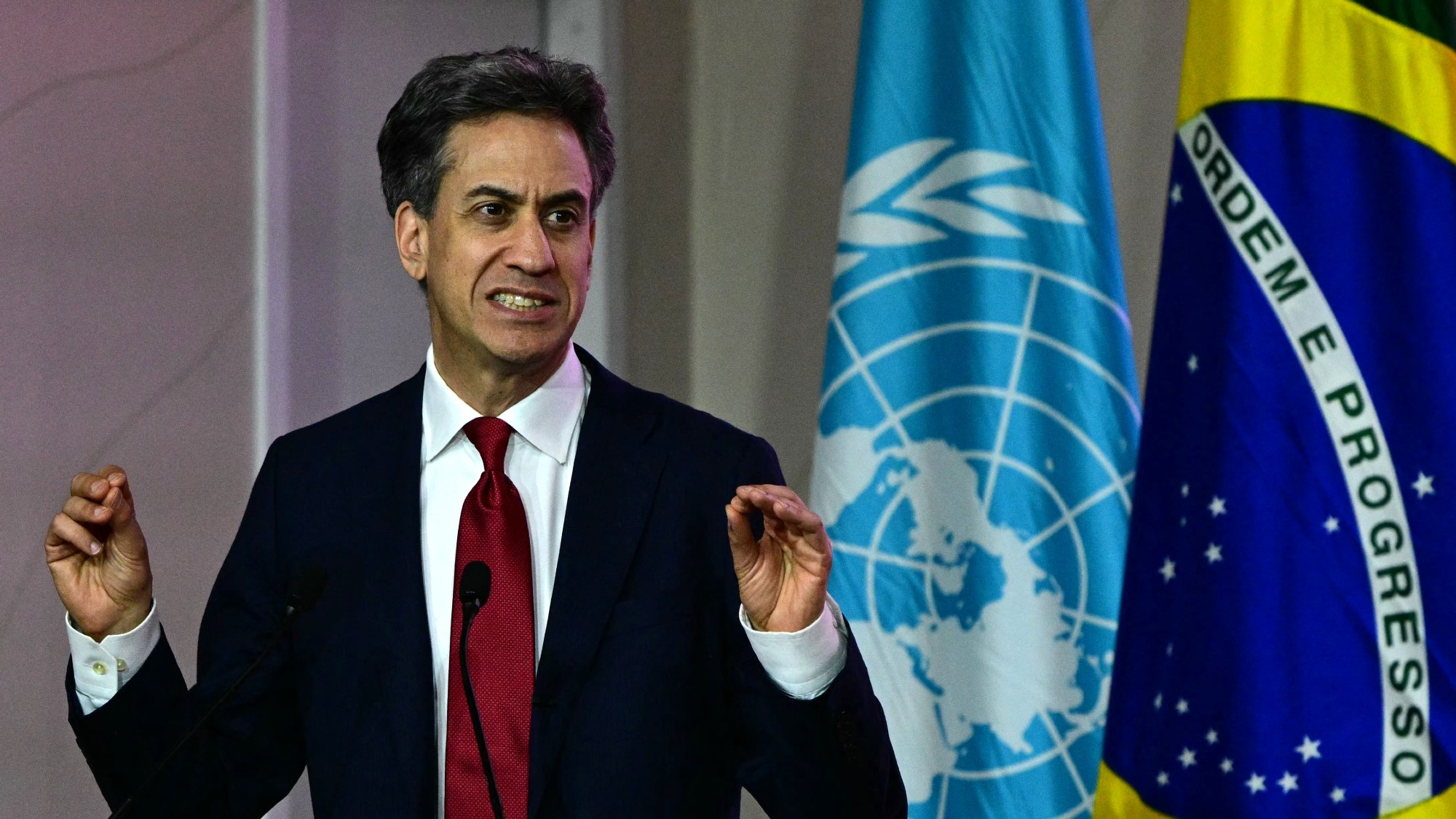 Can the UK do more on climate change?
Can the UK do more on climate change?Today's Big Question Labour has shown leadership in the face of fraying international consensus, but must show the public their green mission is ‘a net benefit, not a net cost’
-
 Did Cop30 fulfil its promise to Indigenous Brazilians?
Did Cop30 fulfil its promise to Indigenous Brazilians?Today’s Big Question Brazilian president approves 10 new protected territories, following ‘unprecedented’ Indigenous presence at conference, both as delegates and protesters
-
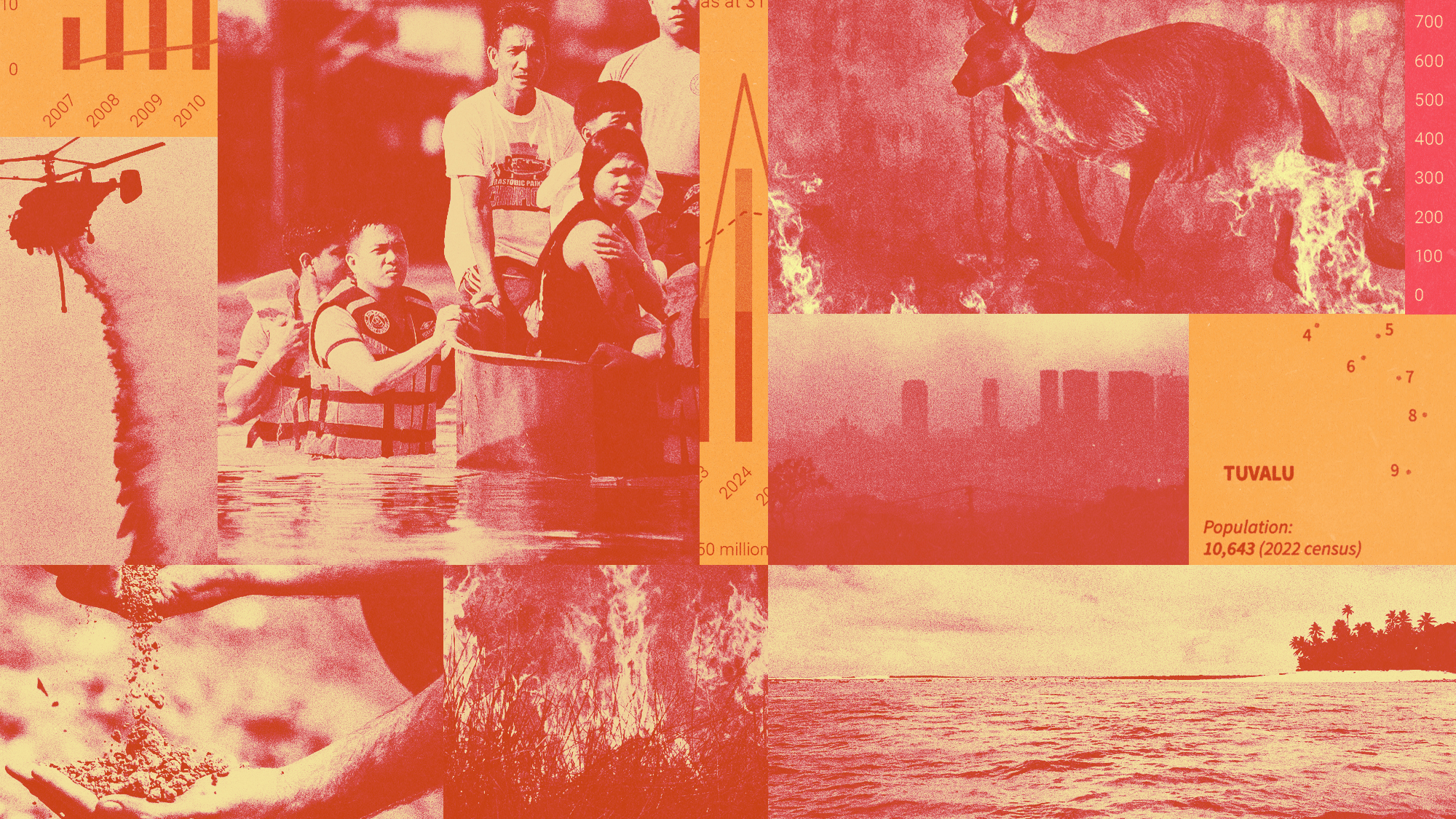 Can the world adapt to climate change?
Can the world adapt to climate change?Today's Big Question As the world gets hotter, COP30 leaders consider resilience efforts
-
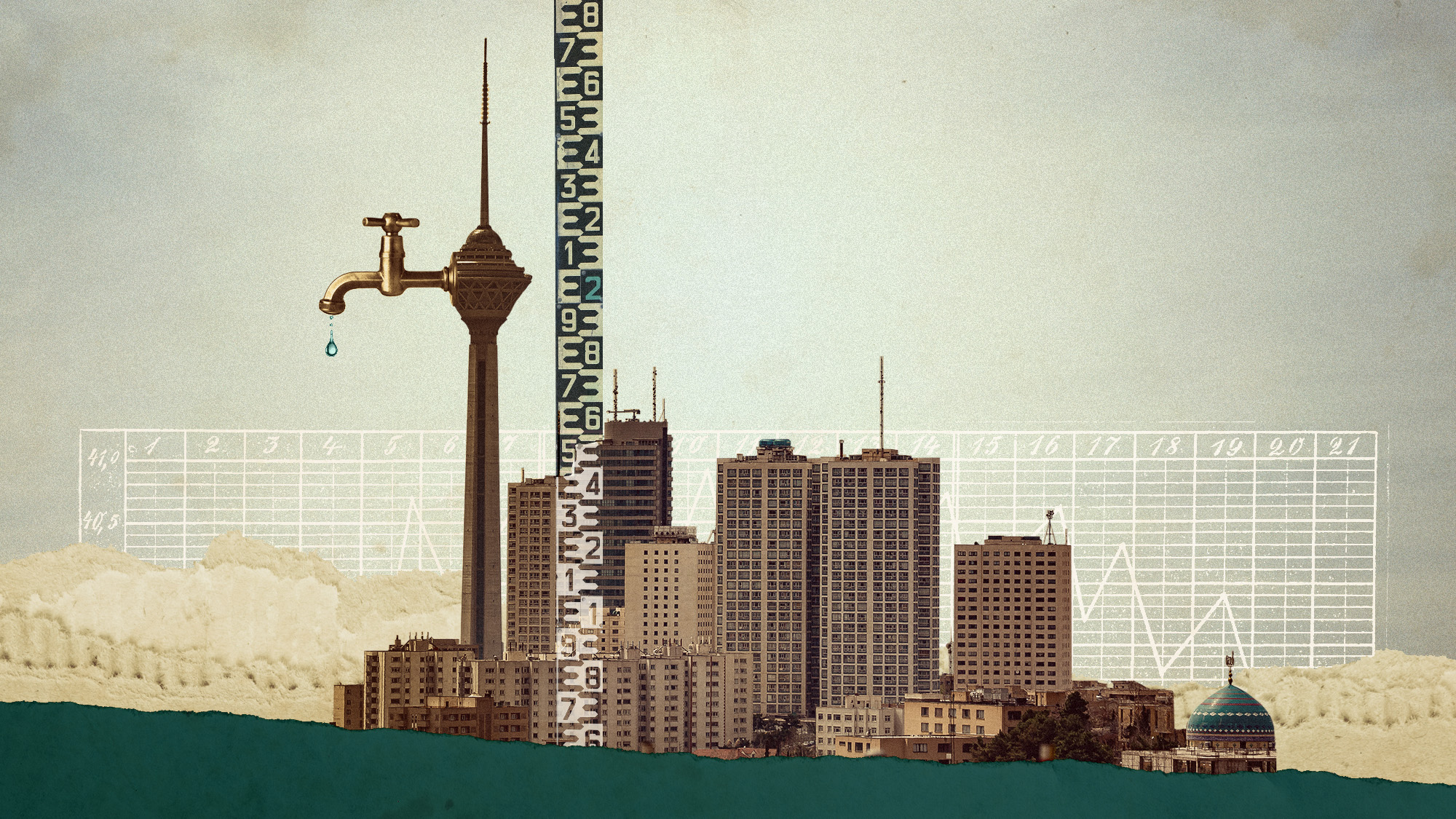 Taps could run dry in drought-stricken Tehran
Taps could run dry in drought-stricken TehranUnder the Radar President warns that unless rationing eases water crisis, citizens may have to evacuate the capital


